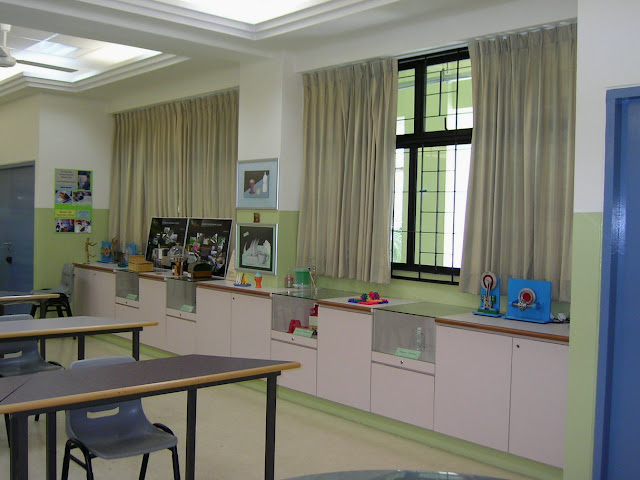Decision Making
What is a good attitude then? Basically, our attitude reflects the way we think. A good/positive attitude is when we believe in something or someone, and we do our best to make sure the outcome is good/desirable, usually in a win-win manner. A negative attitude is when our prejudice, biasness, laziness, dislike or perception for something or someone affects our effectiveness/enthusiasm, hence the choice of our actions, which often result in a less-than-desired outcome.
Sometimes, there is no right or wrong, because there are many other people making decisions at the same time too. Whether our decision made is a good one, depends on the combined effect of these other decisions and hence the final outcome. For example, we do the right thing by waiting for the green man to come on at the traffic light before we cross. But many years back, there was a drunk driver who slammed his car into a group of pedestrians waiting to cross a junction.
Why then, do we still follow the rules to cross the road? We follow the rules to minimise the probability of getting into an accident. Waiting for the green man is definitely safer than dashing across the road in between on-coming traffic. If we still get hit while following rules, that's fate.
My considerations:
1. OBJECTIVE
One very important thing to consider before we make the decision is, remind ourselves what the objective of the action is. Do not let our minds be clouded with things that matter less. For example, you want to get chocolates for your wife for her birthday because she likes chocolates. But at the shop, you were tempted to buy gummies instead, because there was a huge discount for gummies. What do you buy then? What is the objective? To make her happy, or to save money?
2. LAY OUT THE OPTIONS
This is assuming we have the time, like in a meeting, or for long term planning. If we need to make a fast and good decision while, say driving, then this step has to be done in split second. The simple rule is, if there is not much time to think, then always choose the safer option. For example, do I step on the brake to slow down, or do I step on the accelerator to beat the red light. the option is clear; slow down.
3. RECENCY EFFECT
Consider the trend and overall picture, and not be clouded by what just happened. For example, if we need to decide which subordinate to promote, we look at the candidates' track records and overall attitudes. It will not be fair to promote someone just because he just landed a big deal two weeks ago (but has been lack-luster all these while).
Another simple example: When we are given a long list of grocery to buy, we usually remember the last item on the list and forget those in the middle. Hence, have the list on hand when we go to the mall.
4. 80-20 RULE
In many instances, decisions were made to satisfy the minority. For example, we hear people give feedback that schools should start later. Some of these people have their own agenda, like they find it troublesome to have to send the child to school at 7am when they start work only at 9am (I overheard one person said this at a cafeteria). As such, they prefer schools to start later so that they can send the child to school on their way to work. However, we cannot neglect the fact that most other people are alright with the current school timing, and are not making any noise.
When deliberating on the above matter, the government has to consider very carefully the overall picture. In fact, they have just commissioned a study to help with this decision later on. One important point to note would be, when schools start later, it will overwhelm the public transport and traffic system. Therefore, it is not an easy decision to make.
5. PRACTICALITY
The decision that we are choosing, it is practical for execution? For example, if we need to choose between an area of study that is our passion and an area of study that is easy to get a stable job, which do we choose? There is no right or wrong, because the practicality situation is not the same for different individuals.
But say, if we are deciding between two new phones, the price for A is $800 and for B is $1600. Camera A takes very good quality pictures, and B takes excellent quality pictures. Then to me, choosing phone B is not practical, unless we have a lot of money, and only if we think we can tell the difference between very good quality pictures and excellent quality pictures.
6. WORST CASE SCENARIO
Consider what is the worst that can happen for each option. Which are the worst case scenario that we are least able to swallow? For those worst case scenario that we cannot accept or cannot afford to end up with, we may want to lower the priority of these options.
7. REVISIT OBJECTIVE
After making a decision, check the chosen option/decision against the objectives again. Do they align?
When making decisions, we should also note whether it is an important or urgent one. For example, there is no need to spend too much time deciding what to eat or what to wear. We can't go very wrong in these.
Areas that need very careful thinking and wise decision making are:
(A) Personal : Things concerning life and death, safety, health, financial, career, family cohesion.
(B) Work : Safety, employees morale, customer service, business strategies.




Comments
Post a Comment